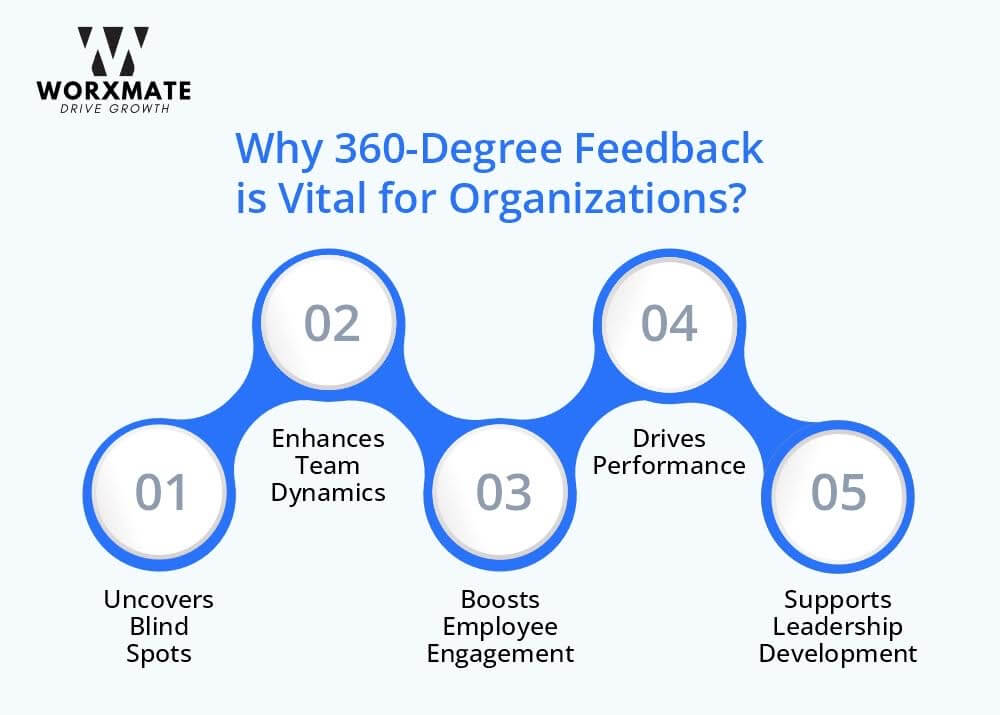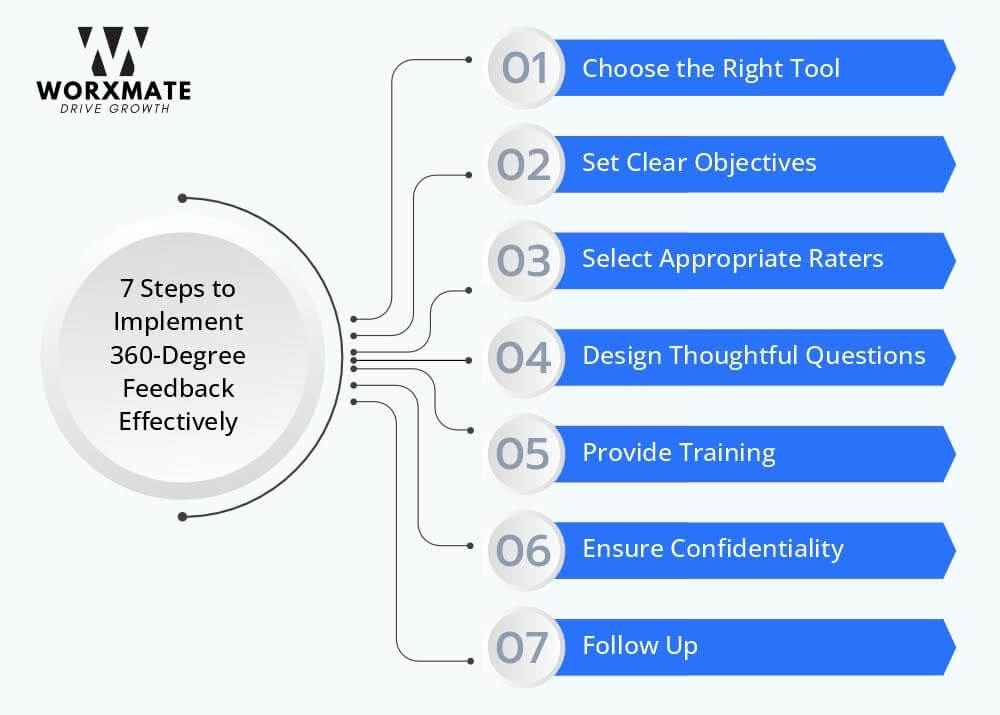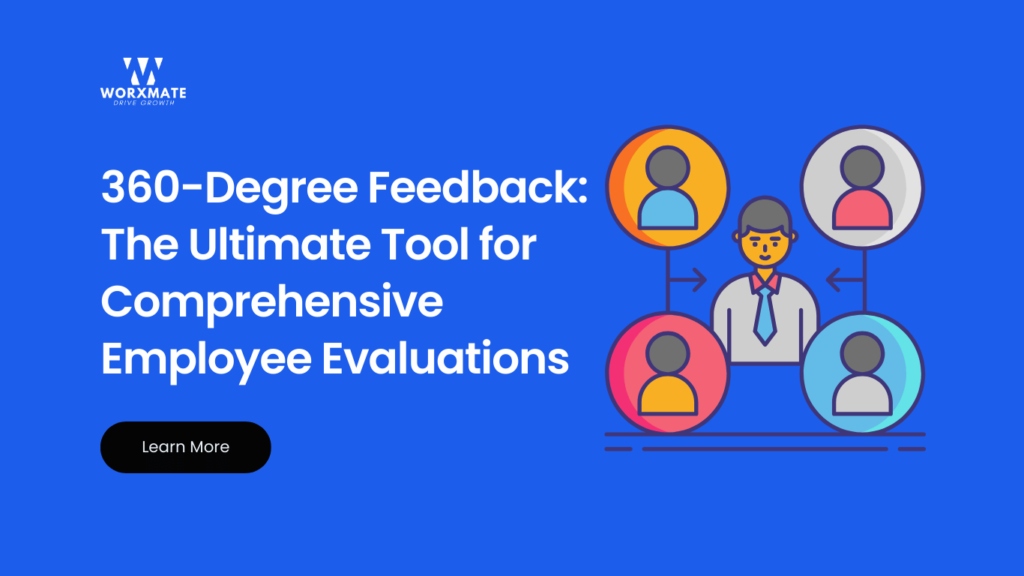Let’s admit it- understanding employee performance is no longer a simple task. As CEOs, CHROs, and managers, you face the challenge of evaluating not just what your employees achieve, but how they collaborate, lead, and grow within the team.
Traditional performance reviews provide only a fraction of this insight. They are like viewing a masterpiece through a keyhole—you miss the full picture.
The result?
79% of your employees quit their jobs citing lack of appreciation and feeling devalued as a key reason for leaving.
The feedback you don’t hear is often the most critical. As workplaces become more dynamic and collaborative, employees need more than just one person’s perspective to truly understand their impact. Traditional performance reviews often fall short of providing meaningful, actionable feedback.
That’s why you need 360-degree feedback, a powerful evaluation method that provides a well-rounded and comprehensive evaluation.
Let’s dive in and explore this game-changing approach to performance management.
» Understanding 360-Degree Feedback
Imagine having a crystal ball that could show you not just how an employee performs, but how they’re perceived across the entire organization. That’s the essence of 360-degree feedback. 360-degree feedback is a process where employees receive confidential, anonymous feedback from their peers, subordinates, supervisors, and sometimes, even clients.
Unlike traditional top-down reviews, it evaluates an employee’s performance from all angles, offering a more holistic view. It not only measures job-specific skills but also assesses interpersonal skills, leadership qualities, and areas for development.
Here’s why its ability to capture diverse viewpoints matters:
-
Reduced Bias
By incorporating feedback from various sources, the process minimizes the impact of individual biases.
-
Improved Accuracy
It offers a more balanced and accurate assessment, ensuring that no critical feedback is left unheard.
-
Enhanced Self-Awareness
Employees gain insights into how others perceive their work, leading to more targeted self-improvement efforts.
» Why 360-Degree Feedback is Vital for Organizations?

For decision-makers such as CHROs, CEOs, and managers, 360-degree feedback software has become indispensable. It provides numerous benefits to organizations looking to refine their employee evaluations:
-
Uncovers Blind Spots
We all have them – areas where our self-perception doesn’t align with how others see us. 360-degree feedback illuminates these blind spots, fostering self-awareness and growth.
-
Enhances Team Dynamics
By involving peers in the feedback process, it naturally improves communication and collaboration within teams.
-
Boosts Employee Engagement
Boosts Employee Engagement When employees feel their voices are heard and valued, engagement soars. A Gallup study found that employees who receive regular feedback are 3.6 times more likely to be motivated to do outstanding work.
-
Drives Performance
Drives Performance With a clear understanding of their impact and areas for improvement, employees can focus their efforts more effectively, leading to enhanced performance.
-
Supports Leadership Development
Leadership Development For managers and executives, 360-degree feedback is invaluable in honing leadership skills and adapting management styles.
» Implementing 360-Degree Feedback Effectively

While the benefits are clear, the implementation of a 360-degree feedback system requires careful planning and execution. Here’s how to make it work:
-
Choose the Right Tool
Invest in robust 360 degree feedback software. The right technology can streamline the process, ensure anonymity, and provide actionable insights.
-
Set Clear Objectives
Define what you want to achieve with the feedback process. Is it for development purposes, performance evaluation, or both?
-
Select Appropriate Raters
Ensure a diverse group of raters who have significant interaction with the employee being evaluated.
-
Design Thoughtful Questions
Focus on behaviors and competencies that align with your organization’s values and goals.
-
Provide Training
Both raters and recipients should understand the process, its purpose, and how to give/receive constructive feedback.
-
Ensure Confidentiality
Keeping feedback anonymous fosters honesty and prevents any potential biases from interfering with the process.
-
Follow Up
The feedback process doesn’t end with the report. Create action plans and provide support for development.
» Integrating with Performance Management System
While 360-degree feedback is powerful on its own, its impact is magnified when integrated into a comprehensive Performance Management System (PMS). A well-designed PMS creates a framework for ongoing feedback, goal-setting, and development planning.
By combining 360-degree feedback with regular check-ins, performance reviews, and career development discussions, organizations can create a culture of continuous improvement and open communication.
» Challenges and Solutions
While 360-degree feedback offers numerous benefits, it’s not without challenges. Here are some common issues and how to address them:
- Feedback Overload: Focus on key competencies and limit the number of questions to prevent overwhelming participants.
- Lack of Follow-Through: Integrate feedback results into ongoing development plans and regular check-ins.
- Cultural Resistance: Gradually introduce the concept and highlight its benefits to gain buy-in from all levels of the organization.
» The Future of 360-Degree Feedback
As we look ahead, the role of 360-degree feedback in shaping high-performing organizations is only set to grow. With advancements in AI and data analytics, 360 degree feedback software is becoming more sophisticated, offering deeper insights and predictive capabilities.
Imagine being able to identify future leaders, predict team dynamics, or tailor development plans based on comprehensive feedback data. The possibilities are endless.
» Conclusion: Embracing Comprehensive Evaluations
360-degree feedback is more than just a trend; it’s a powerful tool for fostering growth, improving communication, and driving organizational success. By providing a comprehensive view of employee performance, it enables companies to make data-driven decisions about talent development and succession planning.
Ready to take your performance management to the next level? Consider implementing Worxmate’s Performance Management Software, which offers robust 360-degree feedback capabilities alongside other cutting-edge features. Don’t let your organization fall behind – embrace the future of employee evaluations today and watch your team soar to new heights of success.
Book a Demo to incorporate a robust 360 degree feedback system within your organization.



